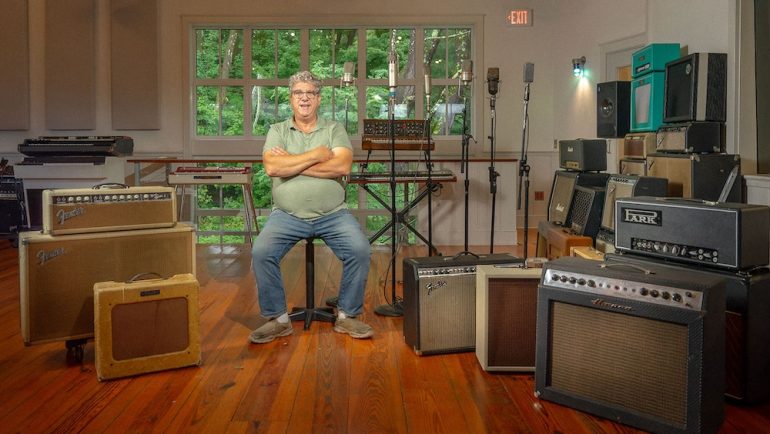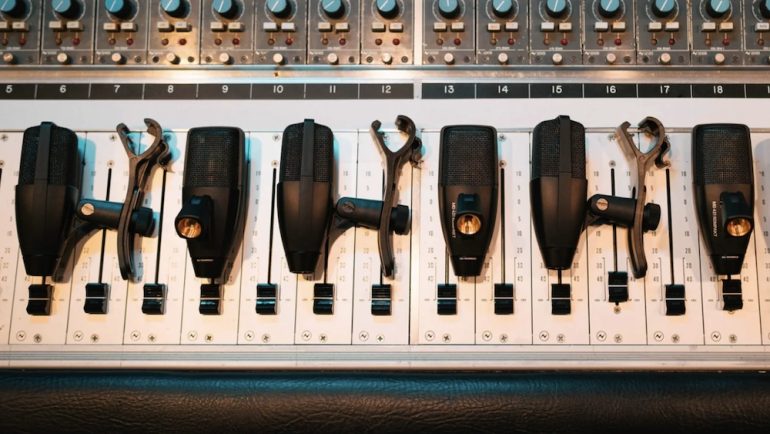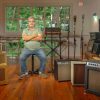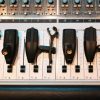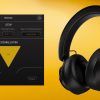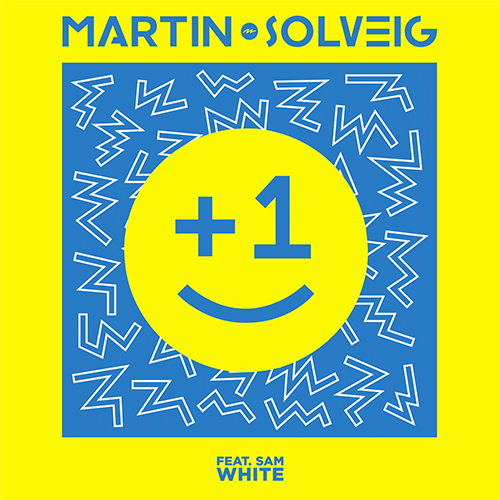-
 play_arrow
play_arrow
Clubalicious Clubalicious Radio
-
 play_arrow
play_arrow
London Calling Podcast Yana Bolder
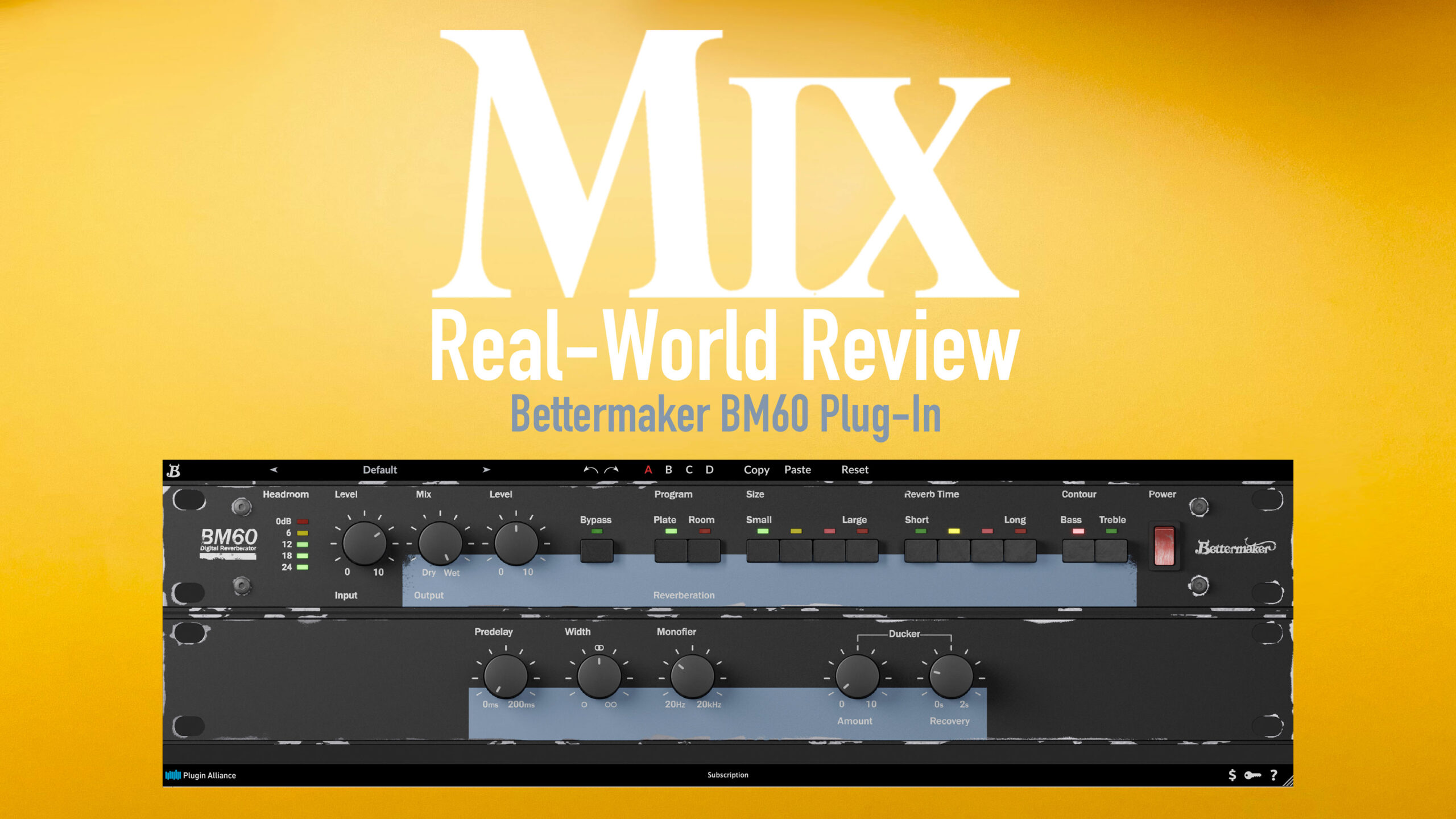
| MIX VERDICT: BETTERMAKER BM60 PLUG-IN |
| THE TAKEAWAY: “The BM60 rescues a classic reverb from the funeral pyres of the 21st century.” |
| COMPANY: Bettermaker, distributed by Plugin Alliance • www.bettermaker.com PRICE: $99 PROS: • Superior small-room reverbs. CONS: • The plug-in’s default pre-delays were a few milliseconds longer than those for the PCM60’s short rooms. |
New York, NY (September 26, 2024)—My classic Lexicon PCM60 Digital Reverberator’s LEDs are flashing like the timer on a ticking time bomb. It’s a question of when, not if, the 1984-issue EPROMs go kaput and its fabulous reverbs go silent forever. I’ve always wished someone would produce a plug-in re-creating the PCM60’s algorithmic room and plate reverbs, but nobody answered the call. Until now.
The Bettermaker BM60 plug-in ($99, distributed by Plugin Alliance) offers a near exact model of the PCM60’s vintage ’verbs, with modern functions added to bring them into the 2020s. In its most basic operation, you select different pushbutton combinations to recall 16 room and 16 plate reverbs in turn: First, click on the Plate or Room button to select the type of reverb program you want. Next, choose the size of the room or plate (ranging from “Small” to “Large”) by clicking on one of the four Size pushbuttons. Select the reverb time desired (from “Short” to “Long”) by clicking one of the four Reverb Time pushbuttons. Depressing a Treble and/or Bass Contour button alters reverb times in low-and high-frequency bands.

SAME AS THE HARDWARE?
According to Bettermaker’s developers, the BM60 hews precisely to most of the PCM60’s specs. I’ll cite these from the PCM60’s Owner’s Manual (yes, I still have it after 40 years!), as the BM60’s manual unfortunately doesn’t document these. The reverberant signal’s band-limited frequency response (20-10,000 Hz, ±1 dB) tells you this is a vintage digital reverb. Reverb times range from 0.3 to 3.8 seconds for Rooms and 0.2 to 4.5 seconds for Plates.
Here’s where things get a bit complicated: Depressing the Bass Contour button alone (Bass button “in” and Treble “out”) increases reverb time approximately 50 percent below 800 Hz for both Rooms and Plates. With both buttons “out,” frequency response remains flat over time for Room programs, but Plate reverb times are decreased by roughly 50 percent below 800 Hz. Bass “out” and Treble “in” yields a flat response for Plates, but the same pushbutton combo results in a 25 percent decrease in reverb time above 800 Hz and a gentle roll-off above 2 kHz for Rooms.
With Bass and Treble buttons both “in,” Room reverbs have a 50 percent increase in reverb times below 800 Hz and a 25 percent decrease in times above 800 Hz, along with a 2 kHz roll-off; the same pushbutton combo yields a similar result with Plates, except reverb times below 800 Hz are unaffected. If you devour operation manuals for breakfast like me, save this review for later reference; again, the BM60’s manual includes none of these specs.
The BM60 imparts a fixed 12 ms pre-delay for all pushbutton combinations, but an additional Predelay control lets you delay the onset of reverberation up to an additional 200 ms. In contrast, the Lexicon PCM60’s pre-delay varies from 1 to 46 ms for Plates and 6 to 37 ms for Rooms. You can readily see the tradeoff here: The BM60 can’t reproduce the very short pre-delay times (under 12 ms) that more than half of the PCM60’s reverbs produce—making, most critically, the BM60’s four smallest Rooms around five feet larger in their smallest virtual dimension compared to in the PCM60. Still, the plug-in allows you way more control over longer pre-delays.
Softube Flow Mastering Suite — A Mix Real-World Review
In other ways, additional controls for the BM60 take it far beyond the PCM60’s capabilities. Turn the software’s Width knob to adjust the reverb’s stereo image from mono to “very wide,” and rotate the Monofier control to change the corner frequency—adjustable from 20 Hz to 20 kHz—below which the reverb’s image will be mono.
An included Ducker reduces the reverb’s level in the presence of dry signal, producing a more dynamic and clearer sound: Turn the Amount control to adjust how much the reverb’s level will be reduced (if at all), and rotate the Recovery knob to set the time (from 0 to 2 seconds) it will take for the reverb to rebound after the dry input signal ceases. A/B/C/D workspaces, 32 steps of Undo/Redo and a preset-management system complete the lineup.
SPACE CASE
The BM60’s greatest value lies in its near perfect reproduction of the PCM60’s small rooms, which due to their utter lack of audible comb filtering are some of the most euphonic available; in most music applications, it wasn’t an issue that the plug-in’s default pre-delays were a few milliseconds longer than those for the PCM60’s short rooms. And all the larger plate and room programs have a uniquely musical vintage character worth having in your quiver.
Most important, the BM60 rescues a classic reverb from the funeral pyres of the 21st century. Thank you, Bettermaker!
Written by: Admin
Similar posts
Recent Comments
No comments to show.Featured post
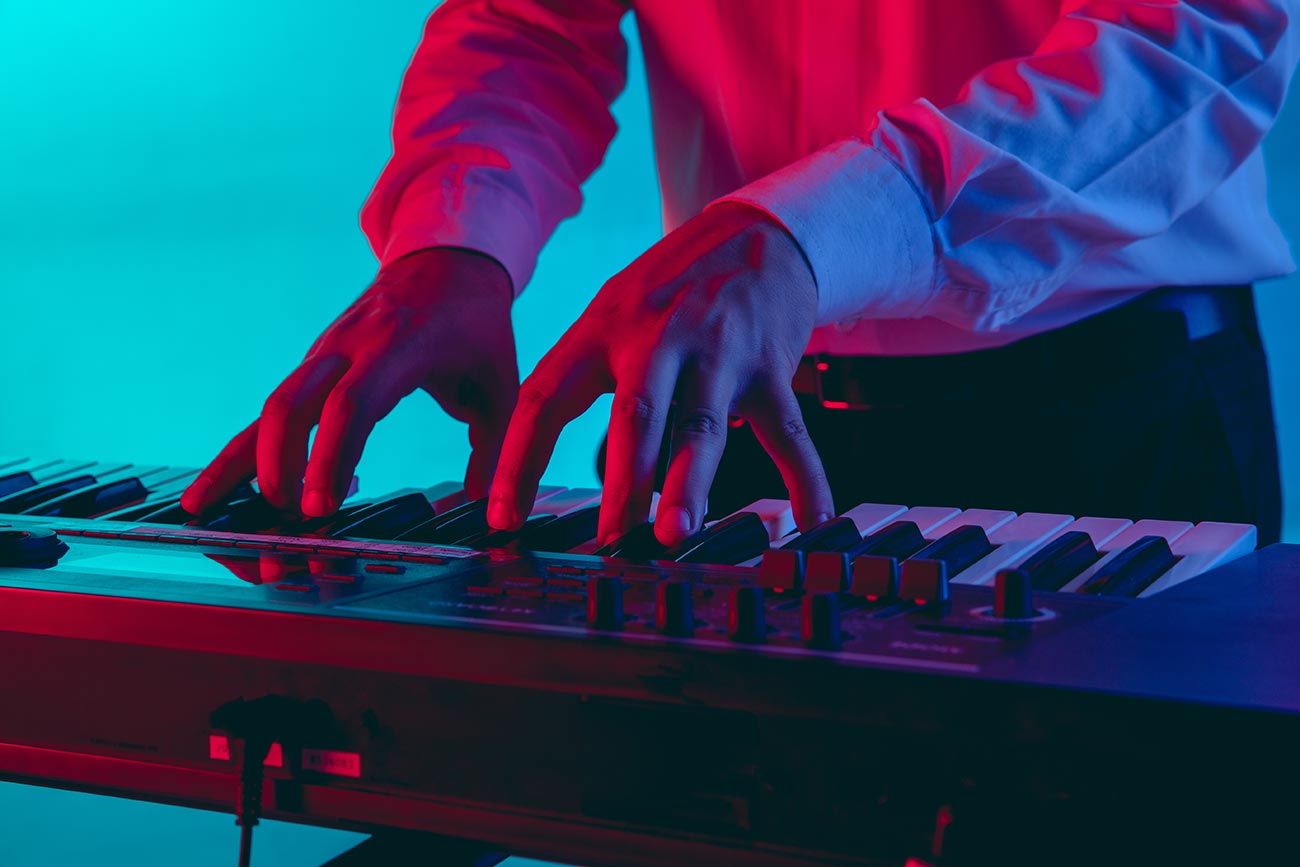
Latest posts
Current show
Upcoming shows

Stereo Productions
Chus Ceballos
16:00 - 17:00
Scandinavian Dance Chart
Top 40 Hottest Dance Tracks In Scandinavia
17:00 - 19:00
The House Crunch
Terri B
19:00 - 20:00
In The Mix
Tony Kay
20:00 - 21:00
Fresh Is Fresh
THIS WEEKS HOTTEST DANCE RELEASES FROM DEE JAY PROMOTIONS
21:00 - 00:00Chart
Powered by Dee jay promotions visit us

